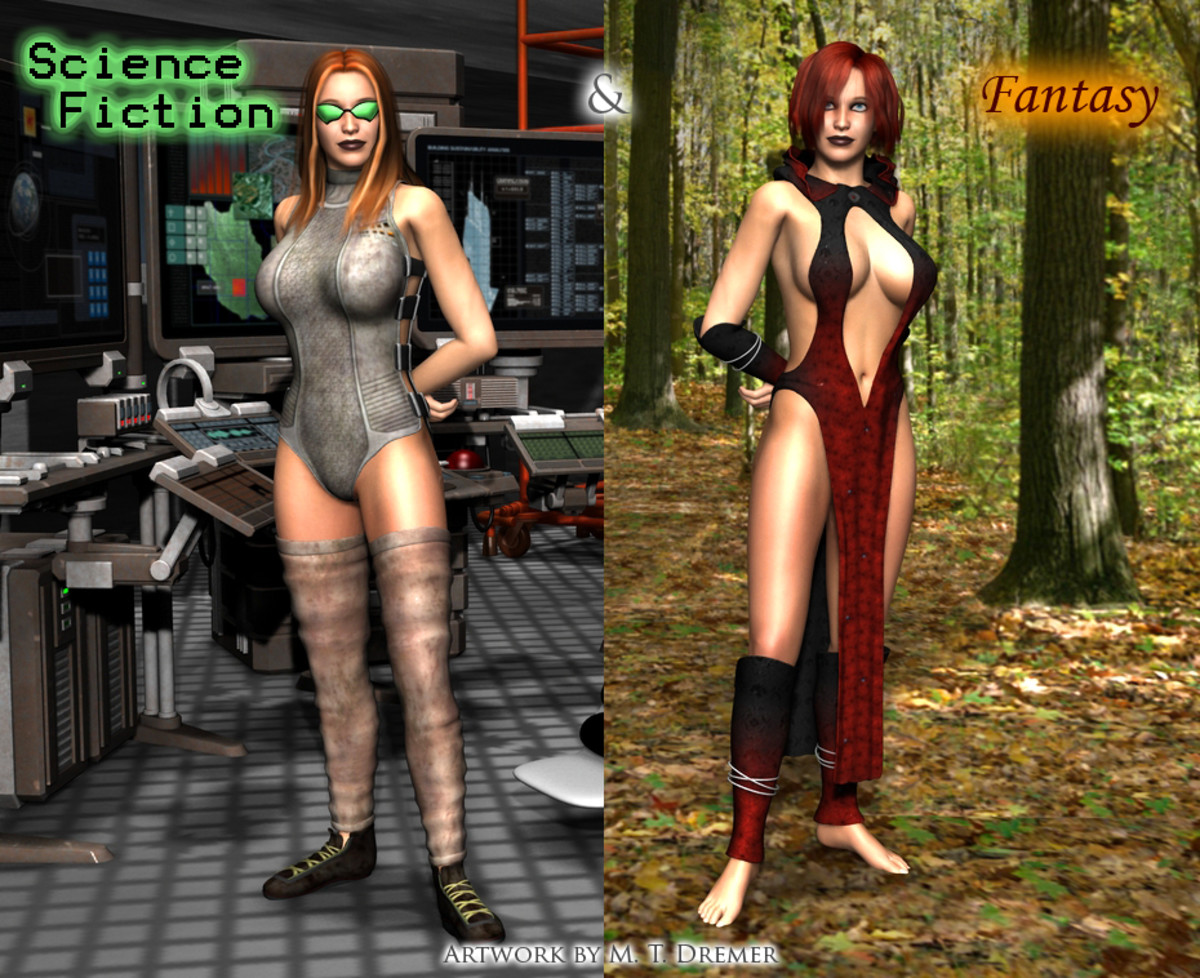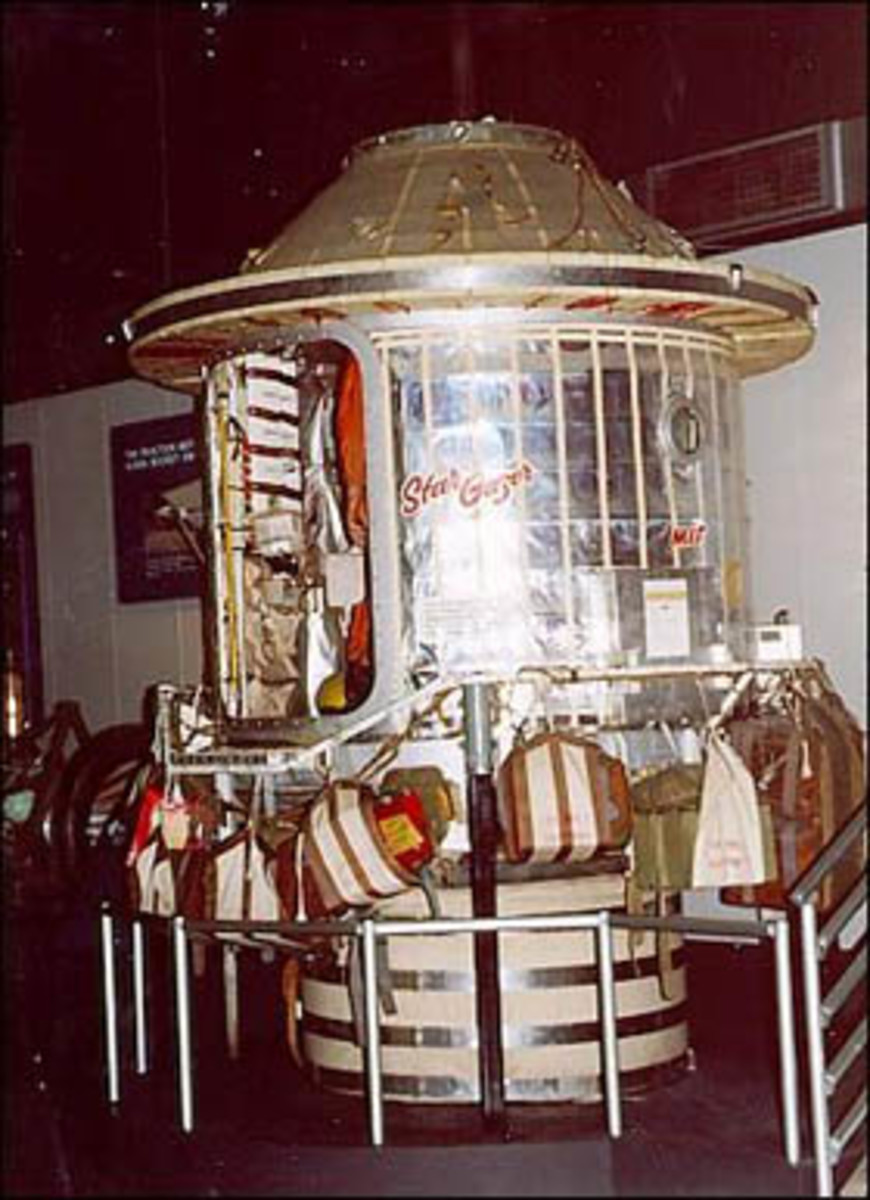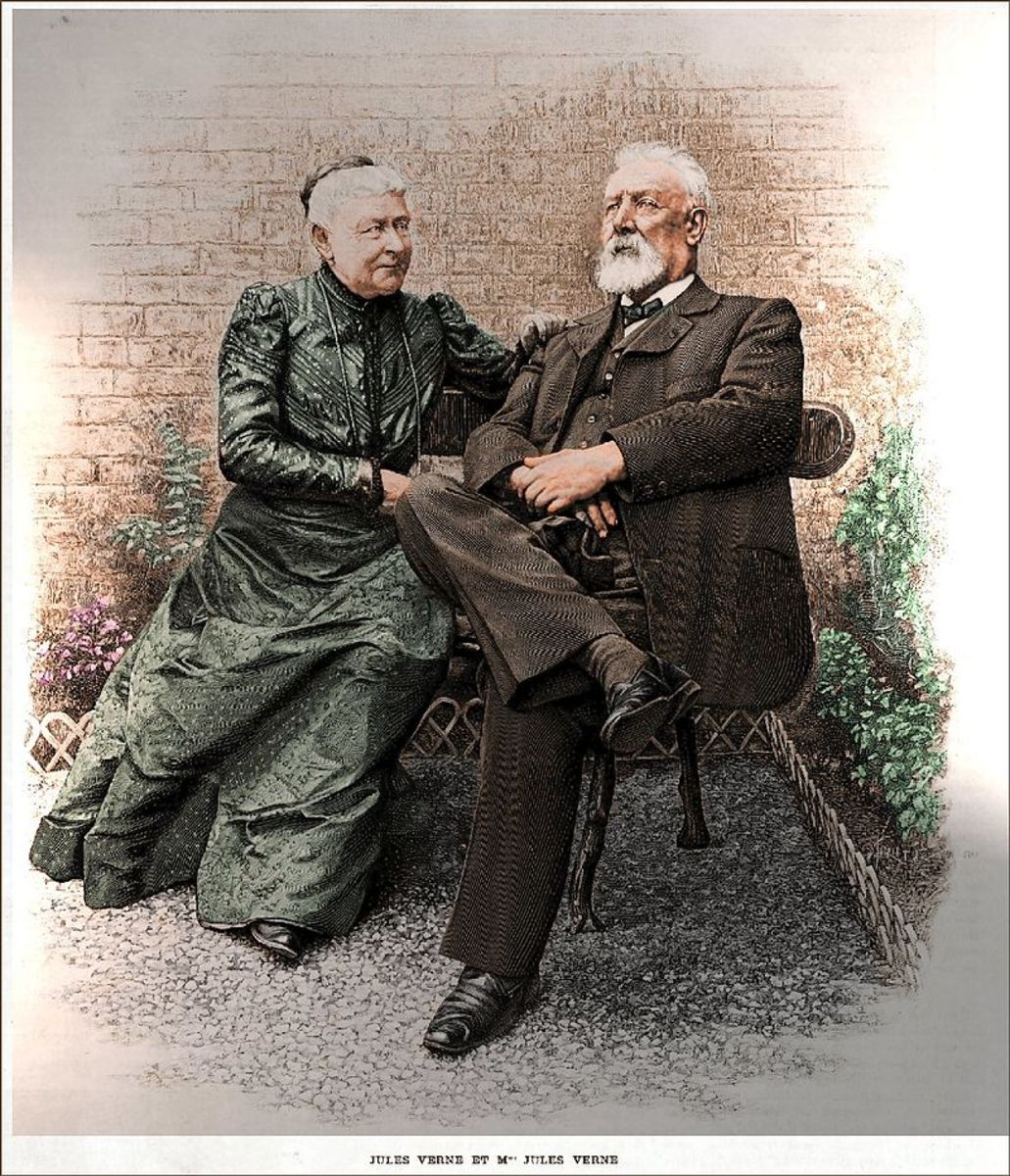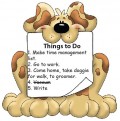Science fiction elicits creativity and imagination in the science classroom
Set free your imagination!

Why do we need to write science?
Developing the skills of science writing is crucial in today’s fast-changing and technology-driven world where advanced research in science is impacting our lives in every possible respect. Scientific literacy of our next generation must be amalgamated with the power of free imagination and communication as we are dwelling in an era which faces the challenges such as cyber-crimes, genetically modified foods, epidemics of newly born diseases, chemical and bio warfare, global warming etc.
Moreover, the speed with which science and technology are advancing, there are infinite possibilities which might happen in the near future in ‘real time’: the possibility of time travel, the possibility of existence of aliens, the possibility of customizing babies, the possibility of strengthening the physical structure of sportsmen, the possibility of vacationing in the outer space, the possibility of living under the ocean and so on.
To keep pace with the advancements of the scientific world, we need to inculcate the right amount of scientific temper in our children. Their science learning cannot be restricted to the content of the textbooks and what they learn in their classrooms and laboratories. Today’s science learners have to delve into the hidden depths of their imagination and dream of a world, which may seem unreal as of now but has the potential to become real in the future. For example, someone must have imagined the possibility of human beings flying in air (like birds) before the invention of aeroplanes; someone must have dreamt of listening to the voice of near and dear ones from far-away places before the invention of telecommunication etc.
Update yourself with the current events in science
- Science Daily: News & Articles in Science, Health, Environment & Technology
Breaking science news and articles on global warming, extrasolar planets, stem cells, bird flu, autism, nanotechnology, dinosaurs, evolution -- the latest discoveries in astronomy, anthropology, biology, chemistry, climate & environment, computer
Real or unreal?

Science Fiction: A culmination of imagination and communication
High levels of imagination and being able to communicate that imagination to others are imperative for cutting-edge scientific inventions to follow. Both these attributes are manifested in writing of science fiction stories, the training of which can be started from an early age.
In this hub I will compile some ideas of how to get your kids to imagine freely and write science fiction short stories. Homeschooling parents, science and language teachers and aspiring science writers will hopefully find some of these pointers useful.
Great Science Fiction Novels by Isaac Asimov
1. Encourage them to read science fictions
- Buy some good science fiction stories or novels for your kids, encourage them to issue science fiction stories from their school library;
- Read to them loudly before going to bed, create a sense of drama and suspense while reading to maintain the momentum of excitement;
- Discuss the characters, setting and conflicts in the story and critique the style and flow of writing;
- Ask your children to write a different ending of the story and discuss why he/she would like to have such an ending;
In this way, you have already created an interest in them to choose books on science fiction for reading, and they would love to read the stories not only to follow the storyline but to continuously think critically and creatively about what they read. Reading various authors will give them a guideline when they think of writing their own science fiction.
Science fiction movies to keep you on the edge!
2. Watch sci-fi movies and science TV shows together
Create opportunities for your kids to watch good Sci-fi movies and science know-how TV shows, once again to rouse their imagination and also to elicit their viewpoints through discussion. Talk about the setting, characters, special effects used, the conflicts or challenges faced by the main characters, how they solved their issues and finally how gripping was the ending, was it according to their expectation or did they predict a different end. Group discussion (whether a family discussion or in class or in a book club) after reading science fiction stories or watching science fiction movies gives a new dimension to the whole experience and feeds the young minds with the power to think, interpret, evaluate, analyse and synthesize.
Read Tish Farrell's step-by step guide to story writing
3. Encourage free imagination through brainstorming
Children usually love to imagine things beyond what they see in the world around them; encourage them to imagine with their free minds. Give them a topic such as ‘aliens at war with human beings’ or ‘robots have enslaved human beings’ or ‘computers having control over the minds of human beings’ or anything that your kids can relate to. Then ask them to brainstorm quickly and jot down all the points/words that come to their mind and time them for two to three minutes. Appreciate them for coming up with the words or ideas on any eccentric topic in two-three minutes, which proves that they have the power of imagination.
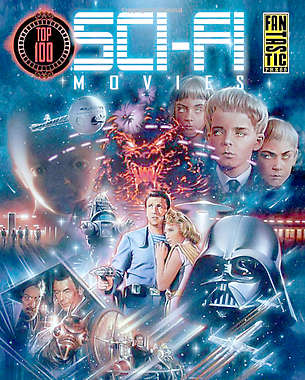
4. Help them collate their own ideas for a story
Having read widely and watched some good sci-fi movies, their imaginative minds have been sparked off. Now help them collate their ideas for writing a science fiction story of their own.
- Brainstorm as often as possible to get them writing in points and phrases till they gain confidence enough to think of a story of their own.
- Ask them to make a story map or outline in bullet points, including a tentative beginning, the sequence of the story, the flow of events and a tentative ending.
- Let them choose a theme around which they will build their story. Being ambitious and starting with too many ideas will disrupt the flow and by the time they are halfway through, the story creators will get muddled in their heads.
- Tell them that the two most important hooks which will hold their story firmly are the beginning and the ending, so they must devote some time to start off with a mind-startling sentence or a paragraph, which sets the reader in anticipation of the rest of the story and the end should be equally gripping to leave the readers hopeful and satisfied.
Read more science fiction stories by Ursula K. Le Guin
Read more and more science fiction stories by Jeffrey Carver
Read some more science fiction stories by Robert J. Sawyer
5. Get them to the core of their science fiction writing
Guide them through the process of writing and give them the cues which will help them keep their story on track. Children of all age groups must be bubbling with ideas; their creative minds will be sculpting a lot of eccentric characters and some remarkable settings, some riveting plots and conflicts and must be thinking of some extraordinary ending. As you encourage them for their immense creativity, you should also train them to streamline their thinking while writing their science fiction story. Here are some guidelines:
- Tense and viewpoint of the story: You need to pick up a tense (usually past tense) and decide judiciously whether you would choose to write the story in first person by choosing a particular character who narrates the story or the author himself is the narrator. You could also narrate the story in third person, which will interpret the events from that character's viewpoint. You can also go with an omniscient viewpoint (you can see and feel from multiple characters' viewpoints) but that will be difficult to be incorporated in a short story.
- Setting or world building: Think about the world you live in and the science laws which govern the life processes in the real world. Now imagine a world and create the rules and laws of that world where you want your story to take place. You can use descriptions but too much of unnecessary details and adjectives can easily distract the reader, write what is important to give an overall setting of the story.
- Characterization: Choose two to three characters, one of which must be a human character. Introduction of too many characters confuses the reader and also there are chances that the creator will not be able to make all of them distinctive. Having at least one human character is important because your readers are human beings and they would want to know the story from a perspective of a human being with emotions.
- Plot of the story: Think of a plot of the story, which will include a problem, a conflict or a challenge faced by the protagonist. The flow of the story should be easily followed by the reader and should blend cohesively with the characters and the setting. Restrict the story to maximum two to three events, more than that will take the story out of track and lose the attention of readers.
- Dialogue writing: Writing well-thought out dialogues between characters are an essential component of an interesting science fiction. Firstly, it breaks the monotony of a narrative style of story writing and also has the potential to give vital information to the readers, may link to the past experience or future plan of the characters and moreover gives a vivid idea of the personalities underlying the characters. Dialogues should not be an idle chitchat, rather should be designed to hold the reader’s intrigue as the story progresses.
- Rewrite the beginning and the ending: The beginning should be attention-grabbing and especially in short stories, a long introduction is not welcomed; rather an action-packed start or a subtle hint of the conflict can stir the reader to turn the page. The ending in science fiction need not be happy, but it must satisfy the reader’s expectations and leave the reader hopeful. A grim and depressing end, like the world has come to an end or all the human beings are destroyed by the computers etc. could take away the joy of making such an effort to read through till the end. The reader should be rewarded with a feeling of hope after reading a science fiction as however fictitious it might be, the principles of science always give us rays of hope for a better future.
Source: Tish Farrell's "Write your own science fiction stories"
Express yourself through writing a science fiction!
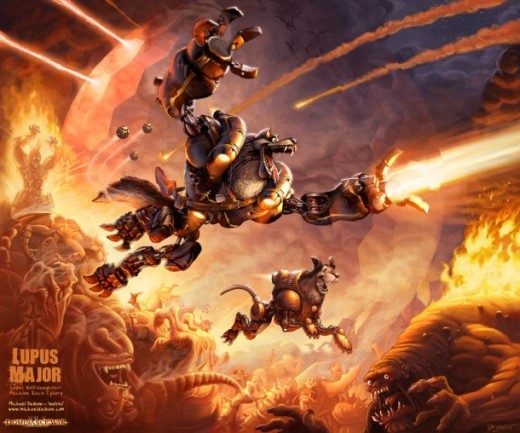
6. Encourage them to proofread and be open to constructive feedback
After the kids have written their original science fiction story, they do deserve a big ‘Pat on the back’ for such an endeavour. Even the seasoned writers take time to give final shape to their story, so when the kids write an imaginative science fiction story of their own, they deserve rewards for such an accomplishment.
- At the same time, encourage them to proofread their own story, find the spelling and grammatical errors;
- Encourage them to consult thesaurus and dictionary to tweak some words or replace some words for the better;
- Encourage them to get their writing critiqued by others, could be someone in the family or a teacher or a classmate. In this way they will get over the fear of rejection or being criticised by others as that is a crucial part of becoming a good writer. They should be guided to keep an open mind, incorporate the constructive feedback given by others and thank the people who have given valuable time and feedback on their creative work.
Websites which publish children's work and hold contests
- Kid Writers ClubStories, Poems, kids Writing Contest
Kid writers club is a blog for kids. It is a website for kids and kid authors to write, read and publish stories, poems from all over the world and participate in writing Contest. - Books, Stories, Writing Contests and Publishing for Kids | KidPub Press
Publishing for kids, writing contests, books and stories written by kids - Young Writers | Poetry and creative writing for schools
Young Writers have promoted poetry and creative writing within schools and poetry competitions for the past 18 years - Writing and Poetry Community - Share Poetry and Stories Online
A writing and poetry community for poetry and short story writers. Share and write poetry online and participate in the poetry contests. - Creative Writing By Children
The web site for the print magazine Stone Soup, the magazine of writing and art by young people. Creative writing, poetry, teacher forums, and more.
7. Get the work published
If you could motivate your kids to write a science fiction story, it must have been a lot of effort from your and your kids’ end and that must be celebrated in a grand manner. The best way is to look for opportunities to get the story(ies) published. Be on the lookout as many science magazines publish science fictions on a regular basis; school magazine can be a very good option; you may talk to the local publishers after collecting some stories (from the same kid or a group of kids in the neighbourhood/class) as sometimes they appreciate manuscripts from school children as tools of inspiration for a wider community of children.
In a nutshell
Students need to be guided to inculcate more science writing, whether in their science classrooms or at home as writing builds linguistic skills, critical and creative thinking skills and helps them master effective communication. I hope the above guidelines will help build confidence in your children, get them over their writer’s block and they can let out their imagination and construct fascinating science fiction stories to enthral the world.
Please give your inputs in the comments section.
Science fiction elicits your imagination!

Read another good hub on writing science fiction stories
- How to Write A Science Fiction Short Story
Learn the basics of short stories and how to craft them. How to incorporate science fiction elements into a story will be discussed. With these tips and guidelines, you will be on your way to becoming a stellar science fiction short story writer.







